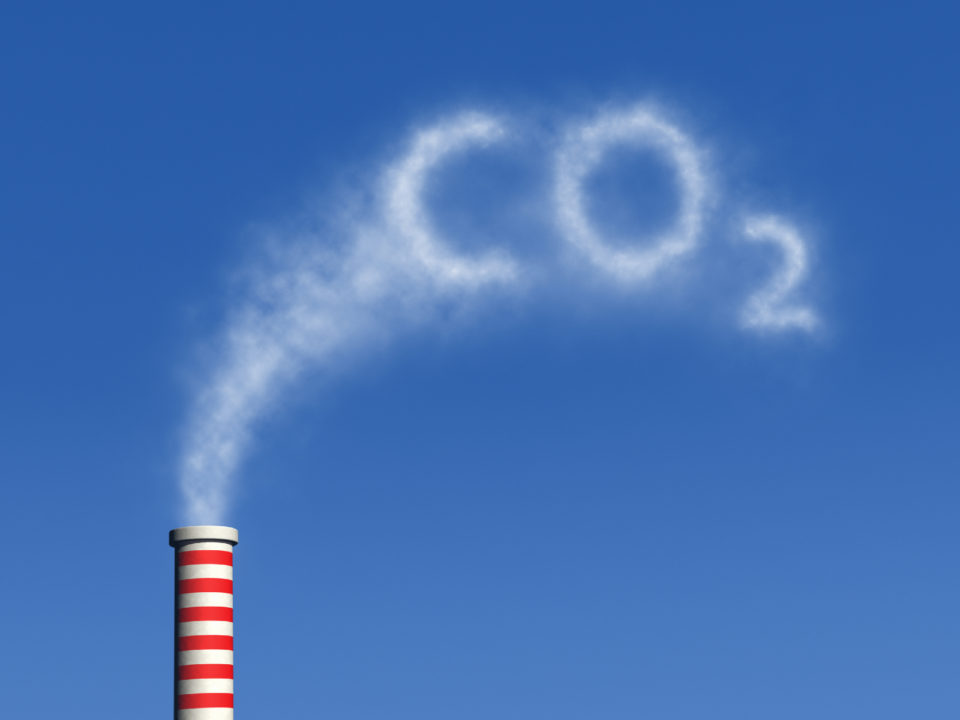By Roy Cordato, Senior Economist Emeritus at the John Locke Foundation.
Carbon dioxide – A heavy colourless gas, CO2, does not support combustion, dissolves in water to form carbonic acid, is formed especially in animal respiration and in the decay or combustion of animal and vegetable matter, is absorbed from the air by plants in photosynthesis, and is used in the carbonation of beverages.
Carbon – A non-metallic chiefly tetravalent element found native (as in diamond and graphite) or as a constituent of coal, petroleum, and asphalt, of limestone and other carbonates, and of organic compounds or obtained artificially, in varying degrees of purity, especially as carbon black, lampblack, activated carbon, charcoal, and coke.
It should be pretty clear carbon dioxide (CO2) and carbon aren’t the same things. CO2 is a colourless and odourless gas emitted when all animals exhale, and it’s given off when formerly living things – plants and animals – decay.
Not mentioned by Merriam-Webster is that it’s also generated when these formerly living things, even after millions of years, as with the case of coal and oil, are burned. Also not mentioned by the online dictionary is the fact carbon dioxide, in addition to its role in photosynthesis, is what is called a “greenhouse gas.”
That, in conjunction with other gases, water vapor being the most dominant, acts as a blanket that keeps heat from escaping the atmosphere and prevents the planet from freezing over. Carbon dioxide is essential for sustaining life.
Carbon, on the other hand, is a solid. It’s present in all living things and things that were once living. As noted, when these once-living things that contain carbon are burned, the carbon combines with oxygen to form carbon dioxide and is emitted into the atmosphere along with the CO2 that we exhale or that comes from decaying plant life.
So, while Carbon is one of the elements that goes into forming carbon dioxide, it’s no more the same as carbon dioxide than hydrogen or oxygen is the same as water. Water being two parts hydrogen (H2) and one part oxygen (O).
So, why, in nearly all discussions of global warming, is the word ‘carbon’ freely substituted for ‘carbon dioxide’?
“Carbon emissions, carbon taxes, carbon footprint,” and “cost of carbon” all use the word carbon, when actually what’s being referred to is carbon dioxide.
Carbon can’t logically be a substitute expression for carbon dioxide, any more than hydrogen or oxygen can be a substitute expression for water. In the latter case, everyone would realize such a substitution would be silly and just bad science. And yet, when it comes to talking about carbon dioxide and carbon, the switch in terminology is made seamlessly and really without notice.
In fact, it’s so common to refer to CO2 as carbon that it is done regularly by people on all sides of the global warming debate, and even by government agencies, as with the expression “cost of carbon” used to describe the EPA’s estimate of how much emissions of carbon dioxide in the atmosphere are estimated to cost society.
My speculation is the transformation of the legitimate and accurate “carbon dioxide” into the false and inaccurate “carbon” has been part of an effort, in this case, a quite successful one, to obfuscate what is really talked about.
It is a tool of propaganda.
Note that this has also been done with the substitution of “climate change” for “global warming,” despite the fact what’s referenced is the warming of the planet, not any general change in climate that occurs all the time.
The word carbon conjures up images, captured in Merriam-Webster’s definition, completely unrelated to carbon dioxide. In most people’s minds, carbon is associated with everything that is black and dirty – coal, charcoal, asphalt, carbon black, etc.
Of course, none of these describe CO2, which is a colourless and odourless gas. If one wants the vision of black soot being emitted from power plant smokestacks and automobile tailpipes, then CO2 emissions will just not work.
But, of course, that’s exactly what carbon emissions would look like. And it would hardly make sense to talk about colourless, odourless, and harmless CO2 emissions as contributing to “dirty air,” which is done regularly.
But, carbon? Now that’s something quite different. It’s black, it’s “sooty,” and if it were being emitted into the air as a result of heating our homes or driving our cars, it would make the air “dirty” by any standard.
In discussions of global warming, we need to take back the language for sound science. Intentionally or not, it’s deceptive and misleading to refer to carbon dioxide as carbon. As noted, this is not just because they are, in fact, not the same thing but because they bring to mind two very different notions.
The use of the word ‘carbon’ allows special interest groups to transform the simple science into a tool of propaganda. Honest protagonists on either side of the global warming debate, particularly those who actually care about scientific accuracy, should make a concerted effort to reject substituting the word carbon for carbon dioxide.
They should not only stop making the switch themselves but begin calling out others who continue the charade.



